 Your new post is loading...

|
Scooped by
Farid Mheir
|
Amazon Prime membership had flat growth in the US in the past year, according to a study of 1,000 US adults from Morgan Stanley.

|
Scooped by
Farid Mheir
|
Exclusive research by us at LDV Capital is the first publicly shared, in-depth analysis which estimates how many cameras will be in the world in 2022. Key Findings include: - Most of the pictures captured will never be seen by a human eye.
- A paradigm shift will take place in the meaning and use of a camera.
- Over the next five years there will be a proliferation of cameras integrated into products across industries and markets.
- Where there is growth in cameras there will be tremendous business opportunities in the capture, analysis and interpretation of visual data.
- Depth capture will double the number of cameras in handheld cameras.
- By 2022, the number of cameras will be nearly 12X the 2012 figures.
- Your smartphone will have between 4 and 10 cameras by 2022.
- The Internet of Eyes will be larger than the Internet of Things.
- In the next five years, robotics will have 20X more integrated cameras.
- By 2022, all new vehicles will be equipped with more than 25 cameras and this does not include Lidar or Radar.

|
Scooped by
Farid Mheir
|
I needed to get rid of some old clothes, but instead of turning to eBay, Poshmark, or local consignment stores, I tried selling them on Instagram. It worked.

|
Scooped by
Farid Mheir
|
FMI and Nielsen Company have partnered on the Digitally Engaged Food Shopper, a strategic engagement surrounding the forces and factors of change driven by digital technologies for both today’s and tomorrow’s food shopper. This multi-year initiative will reveal top trends in digitally enabled food shopping for both retailers and manufacturers to consider in their “connected commerce” strategies and capability investments.

|
Scooped by
Farid Mheir
|
This is what your shopping experience will look like in the future.

|
Scooped by
Farid Mheir
|
Walmart is investing in NVIDIA chips, which are high-level graphical processing units (GPUs), in order to build out its cloud network.

|
Scooped by
Farid Mheir
|
An Amazon team at Lab126, a research center based in San Francisco, has developed an algorithm that learns about a particular style of fashion from images, and can then generate new items in similar styles from scratch—essentially, a simple AI fashion designer. The approach is crude and hardly ready for Project Runway, but it hints at the possibilities.

|
Scooped by
Farid Mheir
|
We surveyed eCommerce Managers and CEOs from European countries and prepared the report based on their experiences and our knowledge.

|
Scooped by
Farid Mheir
|
Instacart is excited to announce our first public dataset release, “The Instacart Online Grocery Shopping Dataset 2017”. This anonymized dataset contains a sample of over 3 million grocery orders from more than 200,000 Instacart users. For each user, we provide between 4 and 100 of their orders, with the sequence of products purchased in each order. We also provide the week and hour of day the order was placed, and a relative measure of time between orders.

|
Scooped by
Farid Mheir
|
The startups in this infographic have raised nearly $1.5B to optimize grocery store operations with AI, virtual reality and more.

|
Scooped by
Farid Mheir
|
Seattle-based Amazon is doubling down on AWS and its AI assistant, Alexa. It's seeking to become the central provider for AI-as-a-service.

|
Scooped by
Farid Mheir
|
There have been more retail bankruptcies so far this year than all of 2016. The number of retailers filing for Chapter 11 bankruptcy is approaching its highest level since 2008 and 2009.
Why now? Many point to the rise of Amazon and e-commerce, the glut of malls and a spending shift from clothes to health care and experiences. All of these trends hold true, but they've been building for a while now.

|
Scooped by
Farid Mheir
|
The technical potential for automation differs dramatically across sectors and activities.

|
Scooped by
Farid Mheir
|
When it comes to groceries, most Chinese still rely on their neighborhood markets. But that’s starting to change as Alibaba and JD.com use a new form of courier service that works like the Uber of delivery.

|
Scooped by
Farid Mheir
|
- 70% of retail decision makers globally are ready to adopt the Internet of Things to improve customer experiences.
- 73% of retailers rate managing big data as important or business-critical to their operations.
- 78% of retailers say it is important or business-critical to integrate e-commerce and in-store experiences, so an omnichannel experience is delivered to every customer.
- 87% of retailers will deploy mobile point-of-sale (MPOS) devices by 2021, enabling them to scan and accept credit or debit payments anywhere in the store.
- 90% of retailers will implement buy online, pickup in store by 2021.

|
Scooped by
Farid Mheir
|
The Future of Personalization white paper looks at how retailers can deliver a more personalized, one-on-one online shopping experience. Specifically, the paper looks at the retail landscape and the challenges retailers must overcome in order to achieve personalization, such as understanding the individual consumer, including their style, size and brand affinities as well as external and internal factors that affect their decision making.

|
Scooped by
Farid Mheir
|
Ecommerce continues to make gains among consumers, with more people buying products online than ever before. Indeed, eMarketer recently predicted that worldwide ecommerce sales would total $1.915 trillion in 2016, with $423.34 billion of that coming from North America. And the company forecast double-digit retail ecommerce growth through 2020. Grocery and fresh foods Health and wellness Pet products Artisanal/handcrafted goods Sporting goods Virtual reality

|
Scooped by
Farid Mheir
|
This year’s forecasts will highlight the trends & issues that we think will have major impacts on the retail industry over the coming 12 months.

|
Scooped by
Farid Mheir
|
The Artificial Intelligence Revolution isn’t around the corner—it’s here. A common remark is that as soon as some new form of AI is possible, it’s no longer AI, it’s just what computers “do”. And while we won’t notice most of AI’s effects in our world, there will be visible signs as digital technology is infused with AI. Through the lens of commerce, it’s easier to see AI’s deep effects as progress continues. Here are a few examples.
Generation Z (Gen Z), born after 2000, is the first generation not to have known life without technologies and services such as smartphones, iPads, Facebook, Instagram and WhatsApp. Exposure to these technologies and services has influenced this demographic’s broader expectations and behaviors. We have identified three defining attributes of Gen Zers: - Gen Zers tend to attach great importance to personal appearance, in large part because they are the first generation to grow up “in public” online, i.e., documenting their lives on social media.
- The pressures presented by social media are encouraging Gen Zers to spend on leisure services, such as vacations, dining out and going out. This is what we call “the Instagram effect.”
- The on-demand economy, ranging from video-on-demand services such as Netflix to dine-on-demand apps such as UberEATS, is making Gen Z the most demanding, least patient generation ever.
US consumers spent $829.5 billion on Gen Zers in 2015, we estimate. Around $66 billion of that total was spent on discretionary categories, while most of it was spent on essential or semi discretionary categories such as housing, food, clothing and transportation.

|
Scooped by
Farid Mheir
|
Generation Z (Gen Z), born after 2000, is the first generation not to have known life without technologies and services such as smartphones, iPads, Facebook, Instagram and WhatsApp. Exposure to these technologies and services has influenced this demographic’s broader expectations and behaviors. We have identified three defining attributes of Gen Zers: - Gen Zers tend to attach great importance to personal appearance, in large part because they are the first generation to grow up “in public” online, i.e., documenting their lives on social media.
- The pressures presented by social media are encouraging Gen Zers to spend on leisure services, such as vacations, dining out and going out. This is what we call “the Instagram effect.”
- The on-demand economy, ranging from video-on-demand services such as Netflix to dine-on-demand apps such as UberEATS, is making Gen Z the most demanding, least patient generation ever.
US consumers spent $829.5 billion on Gen Zers in 2015, we estimate. Around $66 billion of that total was spent on discretionary categories, while most of it was spent on essential or semi discretionary categories such as housing, food, clothing and transportation.

|
Scooped by
Farid Mheir
|
Amazon is building an app that connects truck drivers with shippers, getting itself into the $800 billion trucking industry.

|
Scooped by
Farid Mheir
|
A motion graphic showing how Amazon’s new shopping experience Amazon Go will work. Simply scan in, take what you want and “Go”.

|
Scooped by
Farid Mheir
|
As we pass 2.5bn smartphones on earth and head towards 5bn, and mobile moves from creation to deployment, the questions change. What's the state of the smartphone, machine learning and 'GAFA', and what can we build as we stand on the shoulders of giants?

|
Scooped by
Farid Mheir
|
Explore consumer attitudes and trends about Black Friday retail this year in our latest report. Our pre-Thanksgiving survey polled more than 1,200 consumers across the United States to get a pulse check on their shopping strategy for the long Thanksgiving weekend that includes Black Friday and Cyber Monday. This year 76 percent of holiday shoppers plan to shop over the long weekend, spending an average of $400—that is $31 more than last year.
|

Curated by Farid Mheir
Get every post weekly in your inbox by registering here: http://fmcs.digital/newsletter-signup/
|
 Your new post is loading...
Your new post is loading...











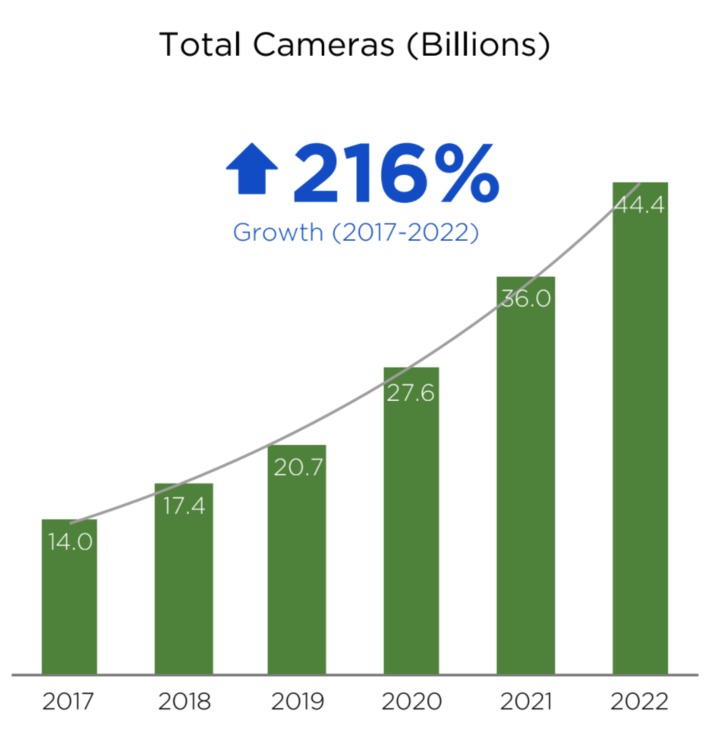

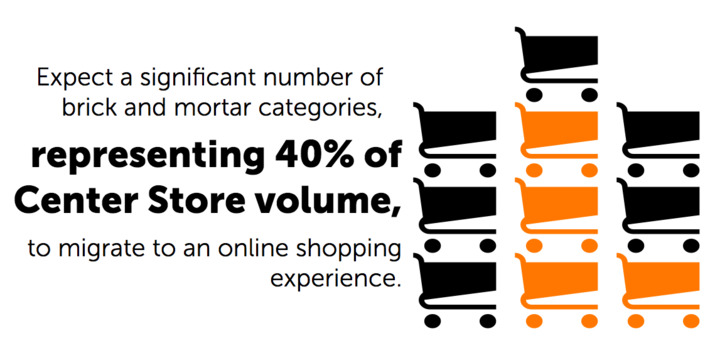
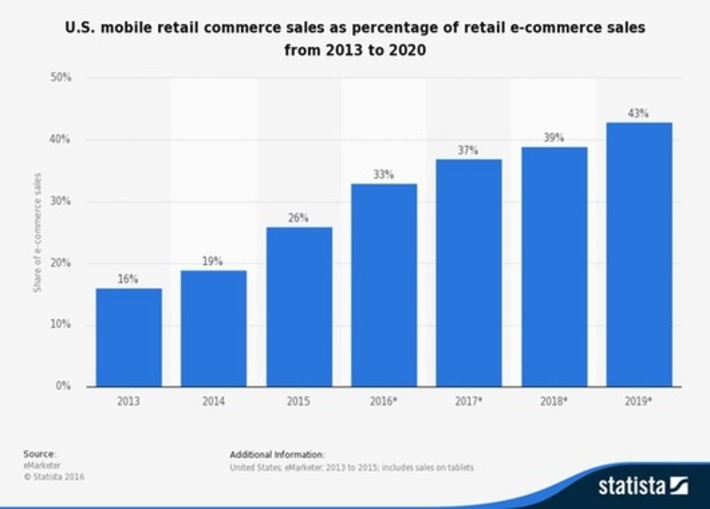
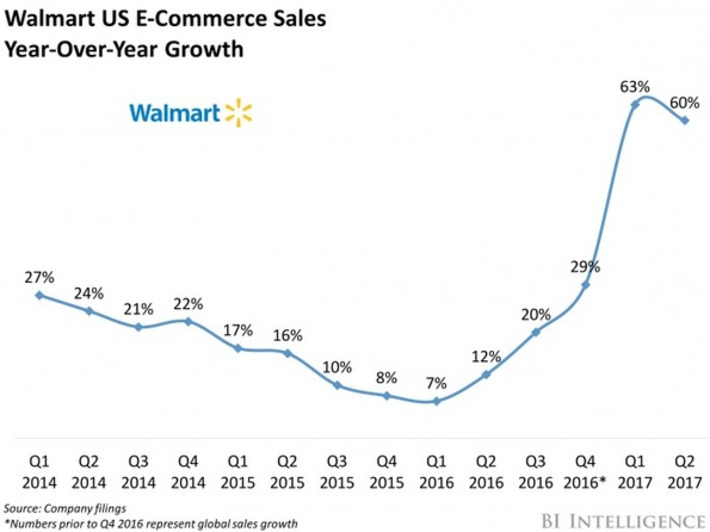

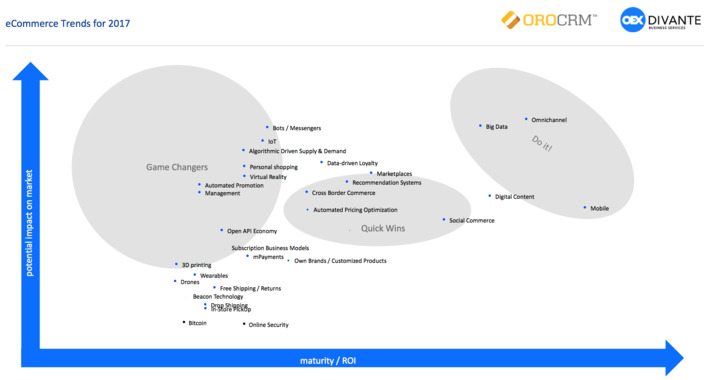

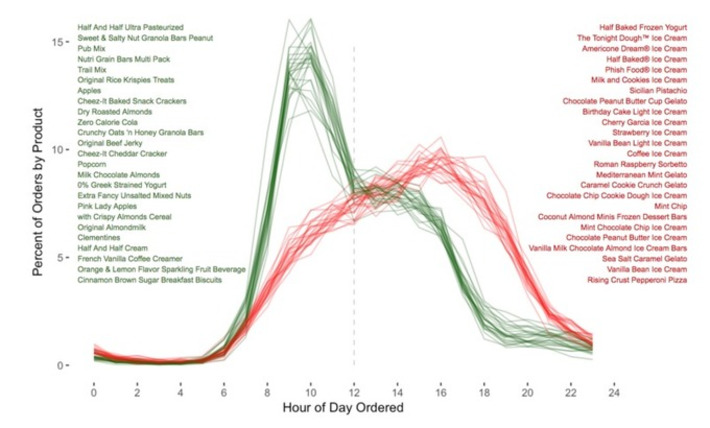
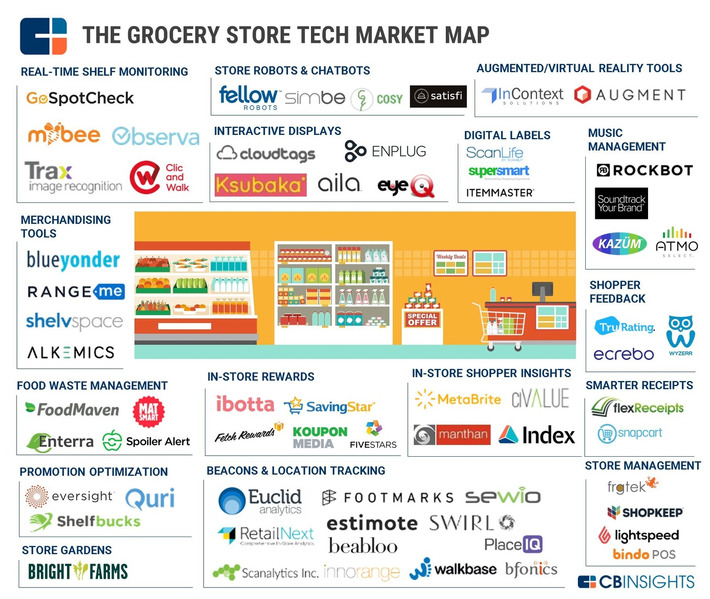

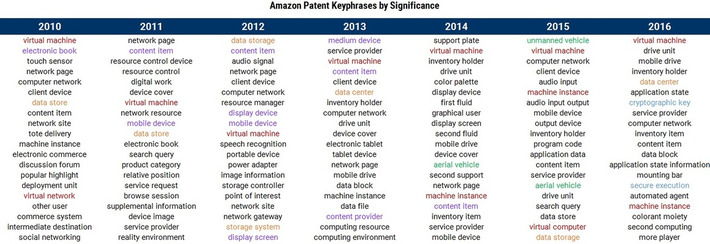
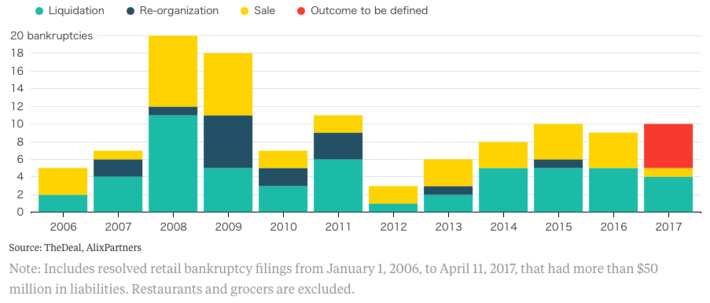
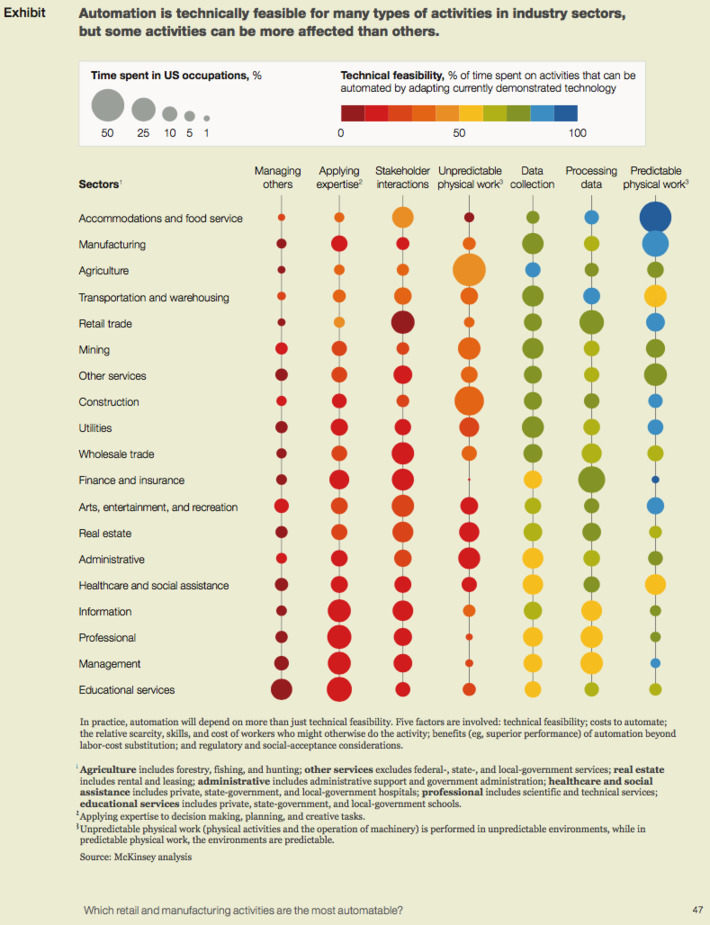

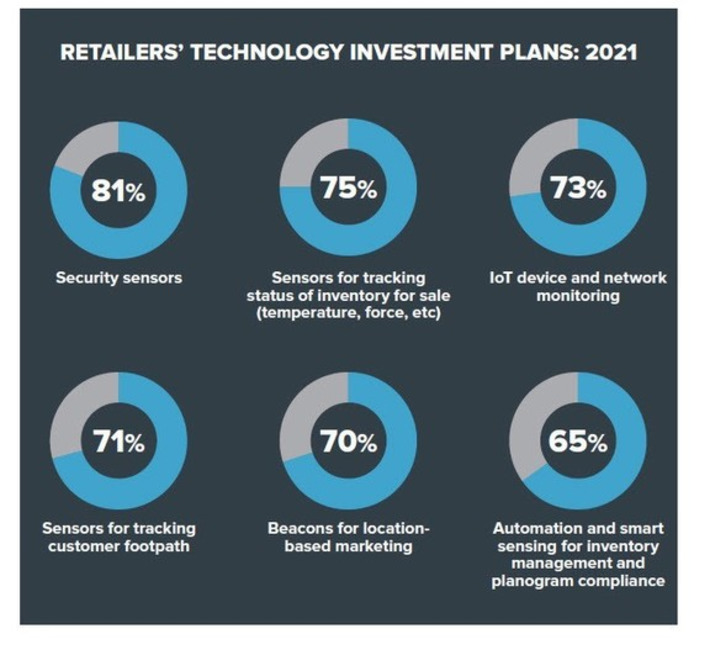

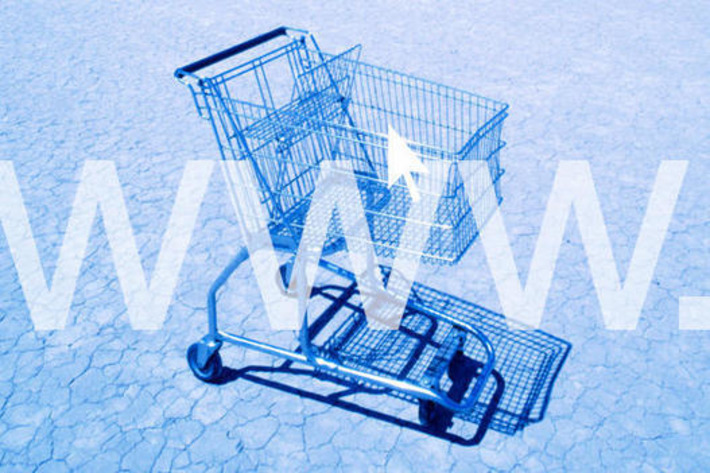

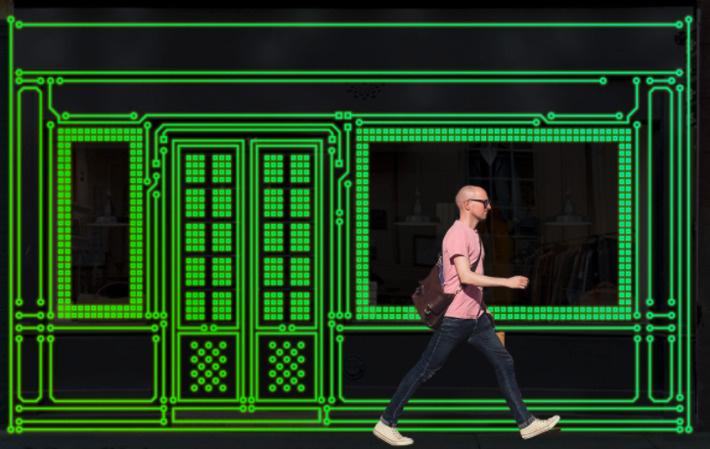
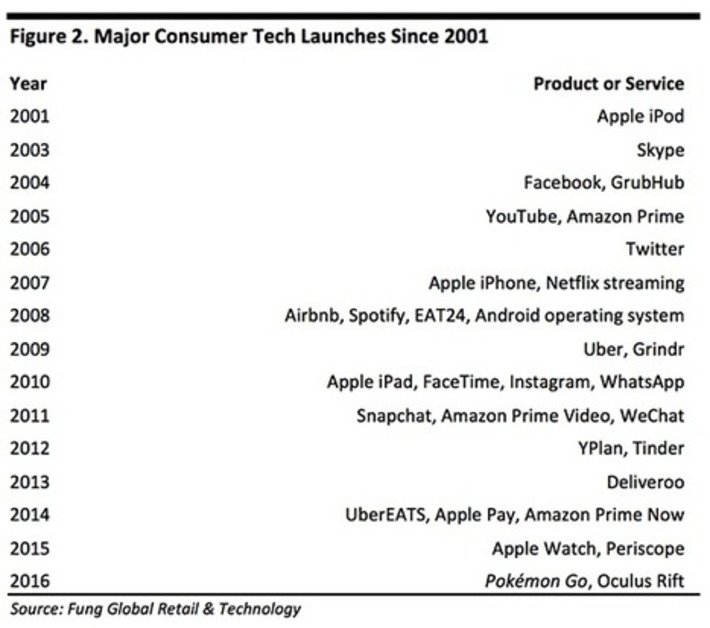
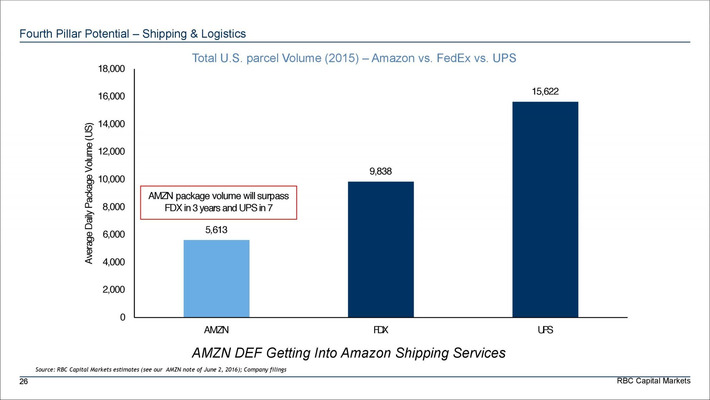


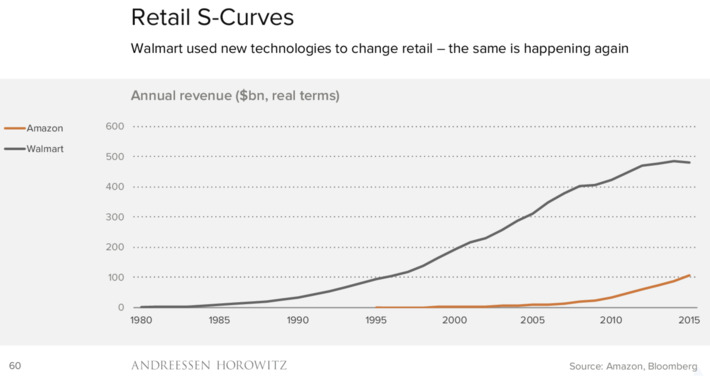

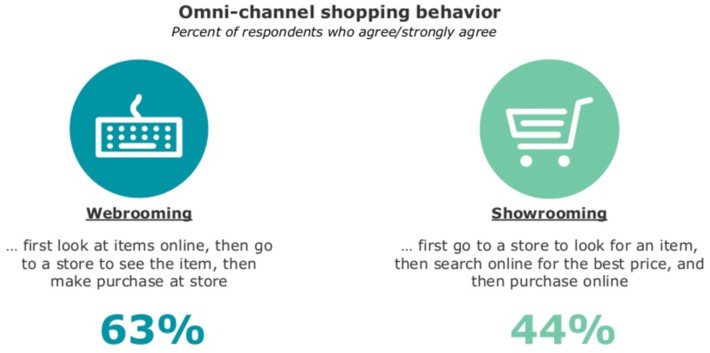








WHY IT MATTERS: I reported in the past that Prime programme has a total value of 143B$ (http://sco.lt/8ot9NJ). These updated numbers show that growth continues outside the US. Expect Amazon to leverage its membership programme to wall-in its clients and protect it from competition. Tough road ahead for other retailers as Prime members will be looking to stay with the brand.